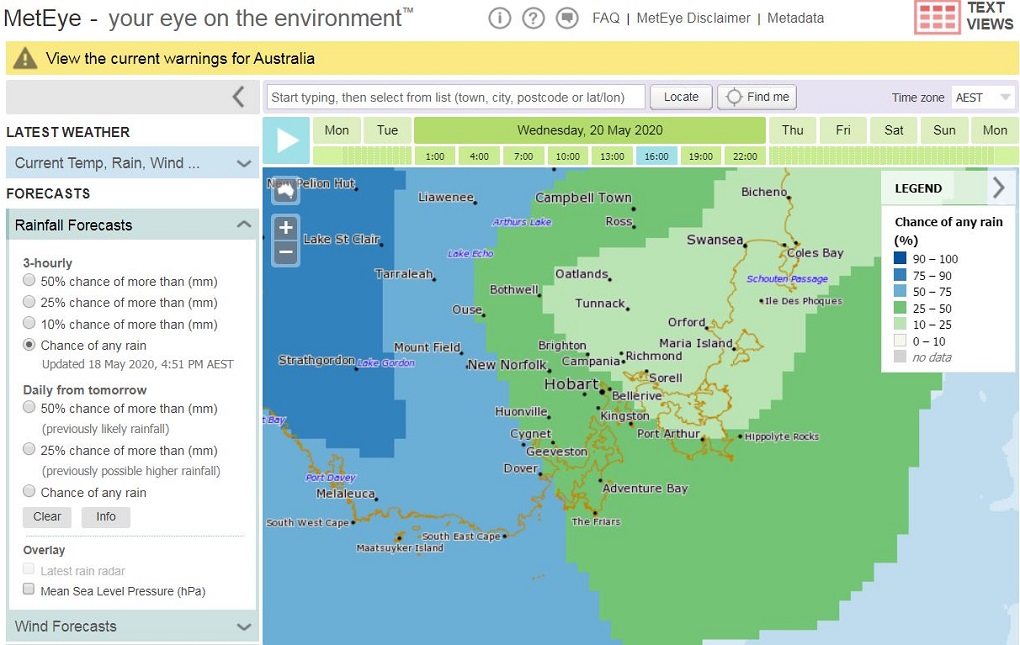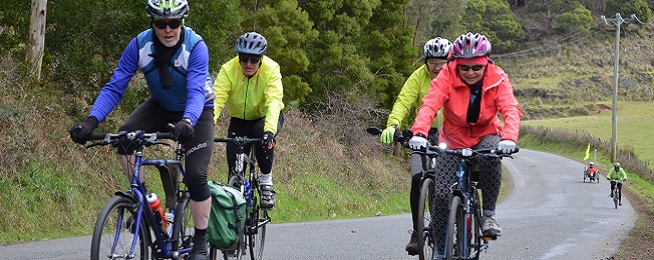With the boom in bike riding during our gorgeous crisp autumn days, there’s a danger that the first hint of a frosty morning will turn people away from their newfound passion for bikes.
But riding through winter is easy with the right gear, knowledge and attitude. We want people to keep riding for fun, but to also think about riding when they go back to work or school, or just for getting around.
Get into gear
While riding should be something anyone can do in the clothes they have, it does help to have some dedicated riding gear for cold and wet weather.
Feet, hands and ears can all get colder than the rest of your body. Even though all your body parts warm up once you start riding, it can be nice to have a comfortable start to the ride.
Feet are easy, just wear a few pairs of socks or extra warm socks, and keep some dry socks in your bag or at the office to change into in case your feet get wet.
While you could wear ski gloves on your bike they can be a bit bulky, so you may be better off investing in some dedicated winter weather cycling gloves. The key to winter gloves is getting some insulation and windproof outer material and they are sleek enough to keep your fingers easily free to adjust gears and use brakes.
Some people find their ears ache in cold wind, especially if they don’t have enough hair to cover them up! Just use a thin woollen hat that you can pull down over your ears or a skiing style fleece headband designed to keep your ears covered up and toasty.
I can’t stand the rain
Nobody wants to ride in a downpour or storm, but our winter weather is often just drizzle, light rain or stop-and-start showers. These conditions are easy to keep riding through and can make you feel like your senses are more activated, you might even come to enjoy riding through a bit of precipitation.
A waterproof jacket is a must. This can be your usual raincoat but it is a good idea to have a jacket with a long back to cover your bottom. This is essential if you don’t have mudguards on your wheels to stop water spraying up from the road, but is also useful even if you have mudguards as rain and water spray can come at you from all directions. If you want to ride fast then a streamlined jacket without too much bulk will be the go.
If you’re worried about your hair getting wet you can wear a waterproof jacket with a hood underneath your helmet as long as it doesn’t disturb the fit. Or you can get waterproof helmet covers, some of these come in reflective material so can be good for night-time winter riding generally.
For people riding for transport or touring, overpants can help you get where you are going and stay relatively dry. The key to overpants is getting them long enough in the leg to cover your ankles and shoes when your knees are bent. You can buy dedicated cycling overpants which have button up panels that lengthen the pants when you are on your bike.
Shoes are the trickier thing to keep dry. If you have cleat shoes there are waterproof covers or dedicated waterproof shoes available, but fewer options if you want something to go over your everyday shoes. Your best bet is to look on European websites for overshoe covers or buy a pair of lightweight hiking shoes/sneakers with waterproof membranes to wear when you’re riding.
Check the app
The Bureau of Meteorology (BOM) app is your friend. Download it to your phone or if you don’t have a smart phone you can also use MetEye on the BOM website.
Basically, this app and MetEye will tell you days in advance when it’s likely to rain and where, and wind direction and speed. This helps you to plan the best days to go for a ride, the best times, or if you don’t have much choice, then the type of gear you’ll need for the weather conditions. You can also check the rain radar on the day you are riding to see where any rain is and its intensity.
Lights, legs, action!
In winter it’s dark when most of us are going to work and dark when we’re coming home, so good lights are a must to be seen on roads and paths.
Under Australian law you must have a white light on the front of your bike and red light on the back visible from 200 metres away. Flashing lights can be annoying to some drivers but they are also more visible as they stand out from other steady lights around them, so if you have a flashing function feel free to use it.
You pay more for brighter lights but they also mean you are more visible. Lights that can be charged via your computer or phone charger tend to be the norm these days. These are great if you work in an office as you can charge your lights when you arrive in the morning, ready to ride home.
You must also have a red reflector on the back of your bike. Reflective material can make you more visible, whether it’s on your jacket, pants, panniers or backpack. Research has found people driving are more likely to notice moving reflectors so think about your legs as much as your top.
It doesn't take much to keep riding through the colder, darker months. And once you know you can ride in most weather conditions, there'll be nothing stopping you from riding more often.

Become our friend
Find out more about Bicycle Network and support us in making it easier for people to ride bikes.


